CBA-Scale+ project takes shape in Mozambique with validation of Community-Based Adaptation Action ...
EU and Austria to provide 1.6 million euros for resilience to climate change
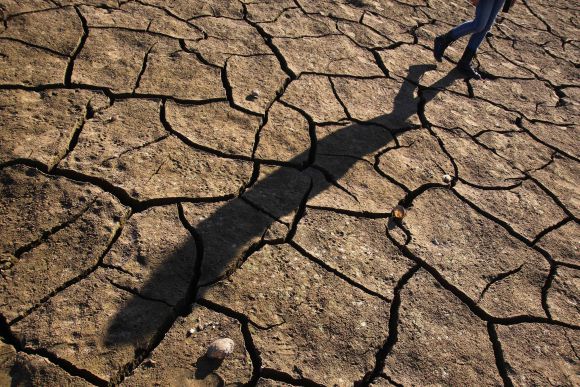
File photo
The European Union and Austrian Development Cooperation on Monday announced that it has provided 1.6 million euros (just under 1.8 million US dollars) to a consortium of international non-governmental organisations working in Mozambique.
According to the relief agency CARE, nearly two million people in Mozambique are in urgent need of humanitarian assistance because of the worst drought that has hit the country in 35 years. This is due in large part to the El Nino weather phenomena, which in Mozambique is associated with a lack of rain during what is the wettest part of the year- January to March.
The funds will be spent by a consortium known as COSACA, which consists of the international humanitarian organisations CARE, Concern Worldwide, Save the Children and Oxfam. COSACA aims to ensure that 500,000 people have access to food and safe water and to help communities become more resilience in the face of climate change. Among the measures introduced will be the provision of more drought tolerant seeds with shorter growing cycles.
According to the head of the regional office of the European Commission’s humanitarian aid and civil protection department (ECHO), Peter Burgess, “the European Union is committed to helping Mozambicans severely affected by one of the worst dry spells in recent history. This funding will allow our partners in Mozambique to provide urgently needed humanitarian assistance and strengthen the resilience of the communities affected by El Nino”.
Whilst feeding those in need is the priority, steps will also be taken to protect people in the future. CARE’s assistant country director, Cathy Riley, explained that “we cannot wait until people lose everything during the next drought, cyclone or flood. The better communities are prepared, the less vulnerable they are when disaster strikes”.
Among the project’s expected outcomes are improved information systems. According to Concern’s Peter McNichol, “our aim is to improve early warning systems and build broader preparedness, especially for women and children, who are usually hit hardest”.
COSACA is working with key local actors responsible for disaster risk reduction and early warning systems in especially vulnerable districts in Zambezia in the centre of the country and Nampula in the north. In particular, it is collaborating closely with the national relief agency, the National Disaster Management Institute (INGC), and its district and local committees.
COSACA pointed out that people living in Zambezia and Nampula are amongst the most vulnerable and poorest in the country. This is exacerbated by being severely and repeatedly hit by droughts, cyclones, floods and erratic weather patterns associated with climate change.
Cathy Riley argued that “disasters are hitting the poorest of the poor, who have already exhausted all of their resources. It is difficult for communities to keep up with the accelerated speed of climate change. We are helping communities to be more resilient and not lose the fight against reoccurring disasters”.
Last week, the Southern African Development Community (SADC) declared a regional disaster and launched an appeal for 2.4 billion dollars to assist the millions of people hit by the drought. It is estimated that forty million people in the region are food insecure, which is about 14 per cent of SADC’s total population. Of this number, an estimated 23 million people are in urgent need of humanitarian assistance.
Six SADC states have declared national drought emergencies – Botswana, Lesotho, Malawi, Namibia, Swaziland, and Zimbabwe. In addition, South Africa has declared an emergency in eight of its nine provinces, and Mozambique has declared a red alert in its southern and central provinces.
However, there has been criticism that the SADC appeal was delayed for too long when the effects of the missing rains have been known for months.
In response to the appeal, the United States has pledged 300 million dollars, whilst the United Kingdom and the European Union pledged 72 million pounds and 60 million euros respectively.
An unspoken fear is that the El Nino weather phenomenon may be followed by La Nina, which is associated with an increase in the number of cyclones hitting Mozambique resulting in flooding and widespread damage to crops.


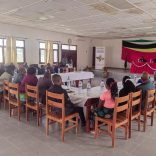
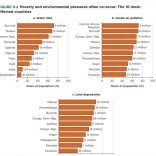

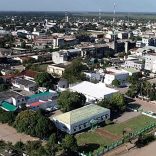

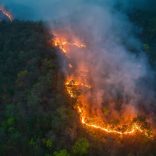




Leave a Reply
Be the First to Comment!
You must be logged in to post a comment.
You must be logged in to post a comment.